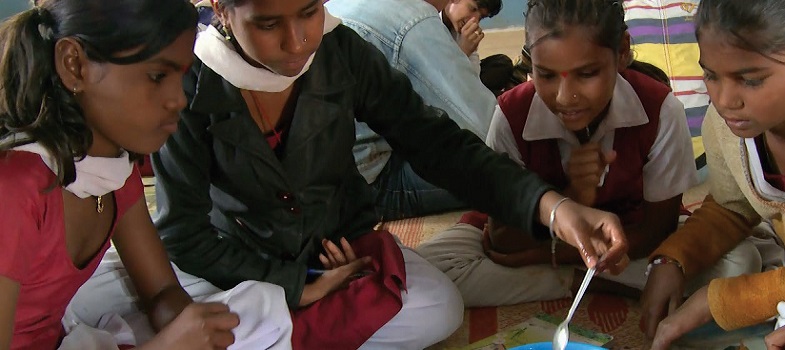4 Concept maps and mind maps
A good tool to help students see mathematical connections is a concept map. A concept map can be seen as a representation of a person’s knowledge about relationships between concepts relating to a specific topic (Novak and Gowin, 1984). Typically, it is a series of words or phrases to represent the concept (as a node), and a line joining it (a link) to another concept to express the relationship between the two. This is a good tool and strategy to help students explore and review their own understanding. It can also be used as an assessment tool to find out what the students know and what their misconceptions are. A mind map is similar to a concept map, but mind maps have a centre whereas concept maps can be linear. There are lots of examples and information on concept and mind maps on the internet – an example of a mind map is in Resource 3.
The next activity asks the students to make a concept map to help them consolidate their learning.
Activity 4: Making a concept map or a mind map
- Divide the class into smaller groups of three or four.
- On the blackboard, write the word ‘Equations’ and put a circle around it.
- Ask every group to think of anything that relates to equations.
- Ask them to create a list of all such things (the more the better).
- Ask one group to read out one of the things from their list.
- Write it on the blackboard, connecting it to the word ‘Equations’.
- Ask one student in each group to raise a hand if this item was on their list.
- Ask them to delete this item from their list.
- Ask any groups that had not written this item whether they agree that it is related to ‘Equations’.
- Groups take it in turns to offer up other words that you add to your concept map, being careful to group words together and connect them with lines where appropriate
Case Study 4: Mrs Mehta reflects on using Activity 4
I kind of dreaded this activity because I didn’t think I fully understood how these concept maps worked, although I did look them up on the internet by searching for ‘concept maps for learning’. As all the websites proclaimed, this is a really good approach. I thought I just had to bite the bullet and have a go at this with my students.
I am sure it was far from perfect – however, it turned out that they had used this in other subjects as well (and thus knew more about it than me!). In terms of mathematics learning it did allow us to make connections, see relationships and become aware of the complexity, which is not the same as complicatedness of equations.
Pause for thought
|
3 Using pictures to make students think about related variables
